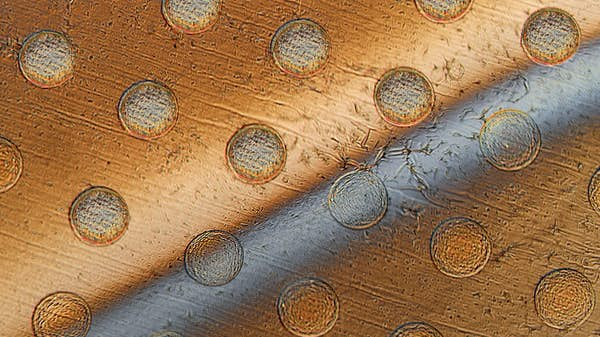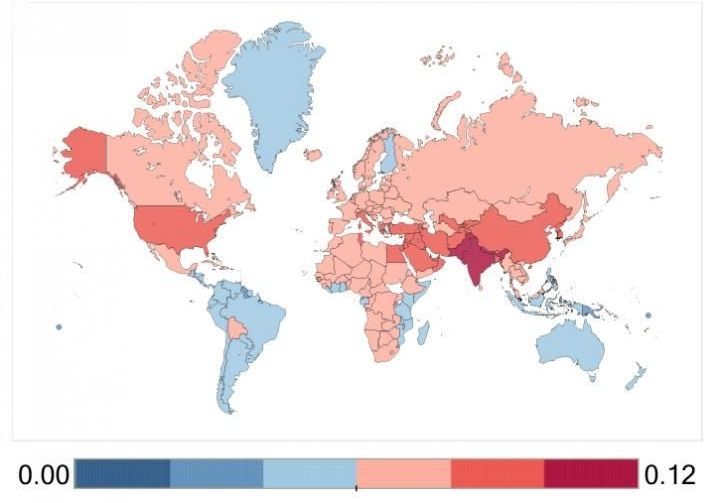In the spirit of Halloween, where ghouls, ghosts, and vampires walk among us, our perception of reality will soon transform as well, forever possessed by the specter of Transhumanism!
Last year, I wrote about how people could transform themselves into one of my favorite horror creatures—a real-life werewolf—using modern science and tech. This merely scratches the surface, however, in terms of how far an individual can go. In a Transhumanist future, you’ll be empowered to not only question the extent of your humanity but equally put those questions into action.
The route one would be able to take would be in abundance. Some will choose a cybernetic route, replacing their organs and limbs for artificial machines, and even potentially adding newer organs and limbs alongside the ones they already have. Others may choose a more biological route by using gene-editing tech and synthetic biology, enhancing themselves at the genetic level and using stem cell therapies to maintain their bodily health for prolong periods of time.
And then there are those who’ll attempt to move far beyond their biological or technological state. Technologies like nanotech, mind uploading, etc. will allow individuals to downscale their physical appearance—or, perhaps, do away with it altogether; to become beams of light cascading across the digital world, living under the embodiment of code. And wherever that code resides, that’ll be your exterior shell. If you were to upload yourself into a smart home, for example, you would become that home, haunted by your digital presence.







